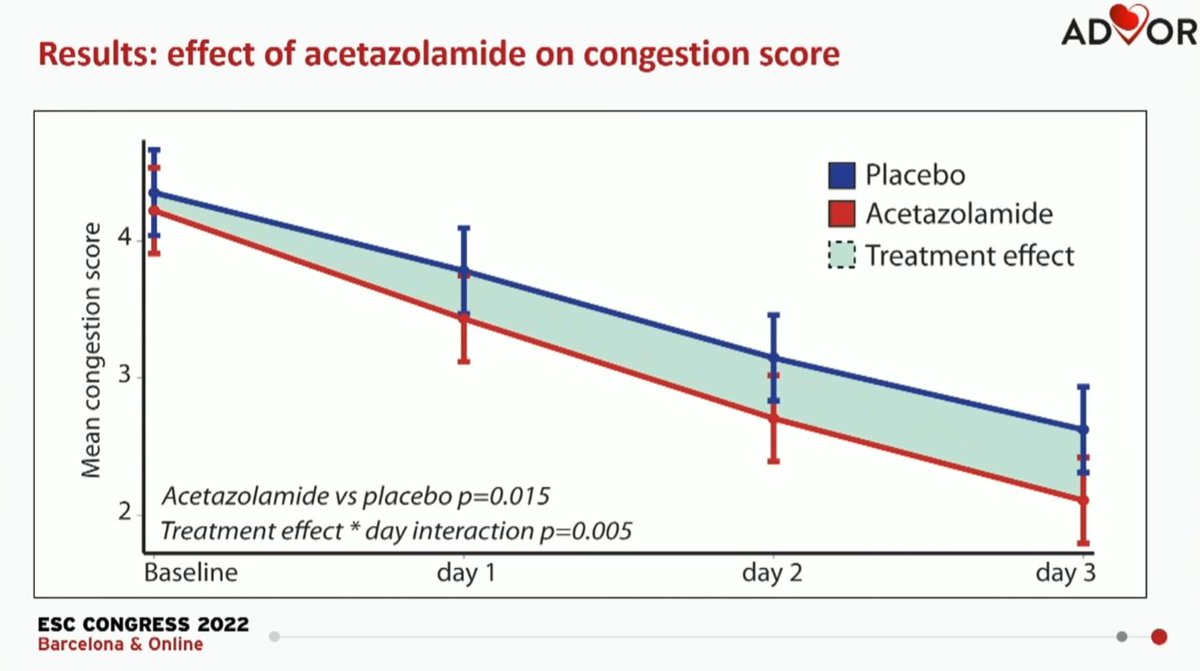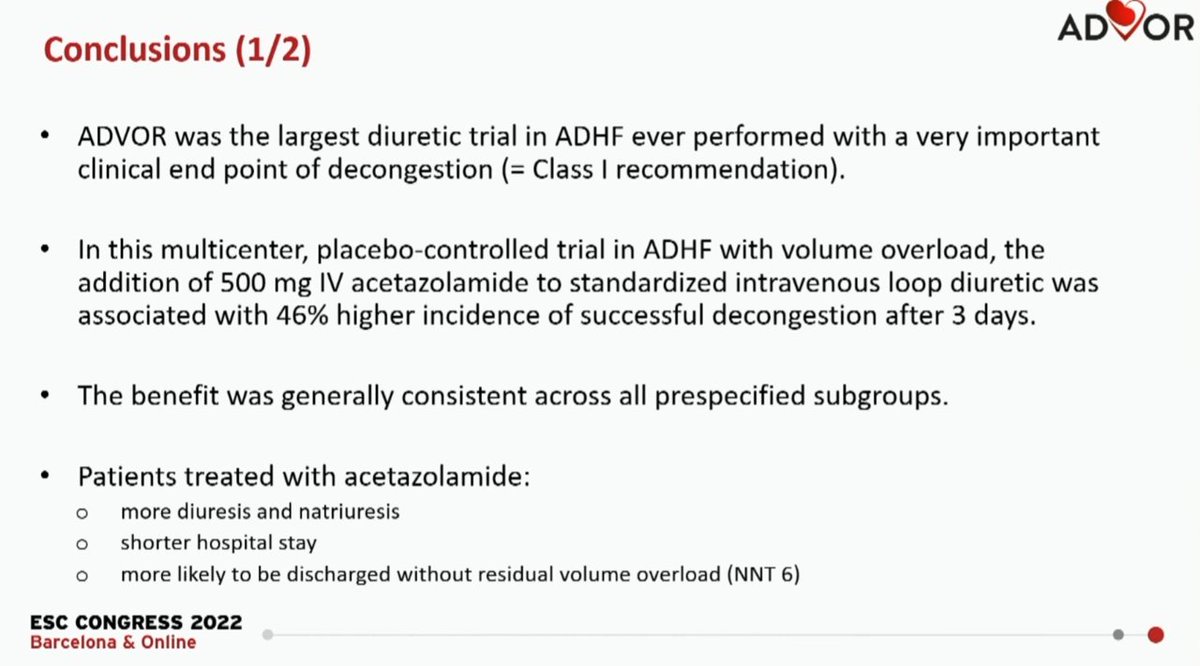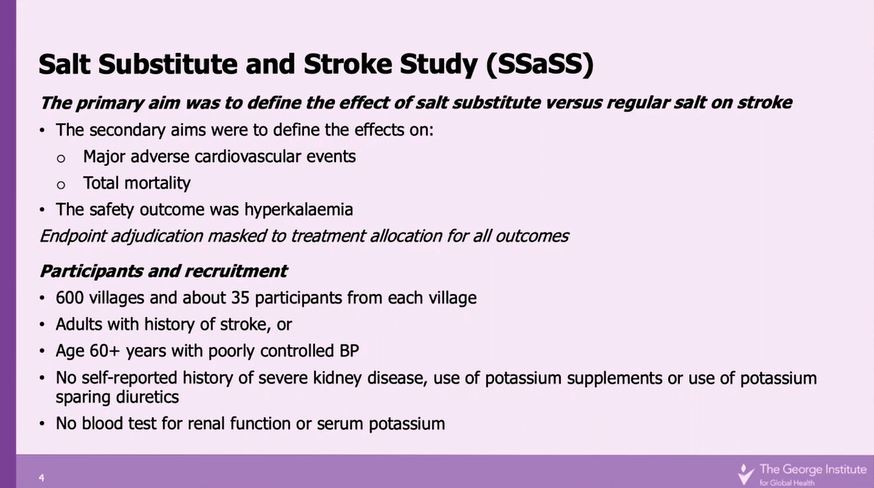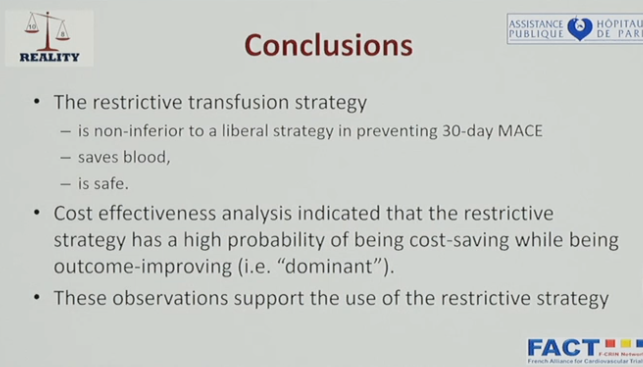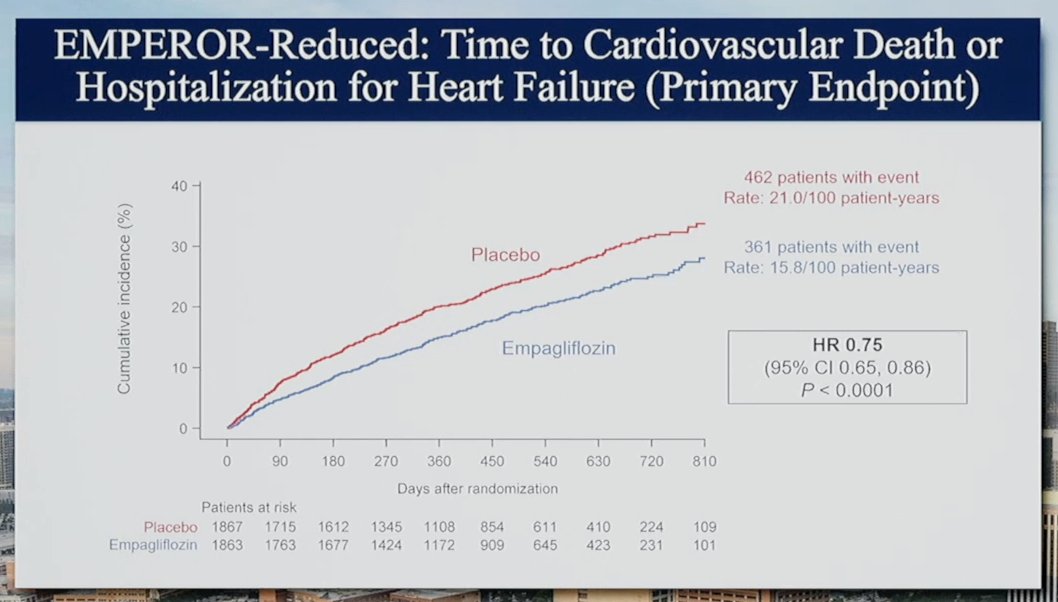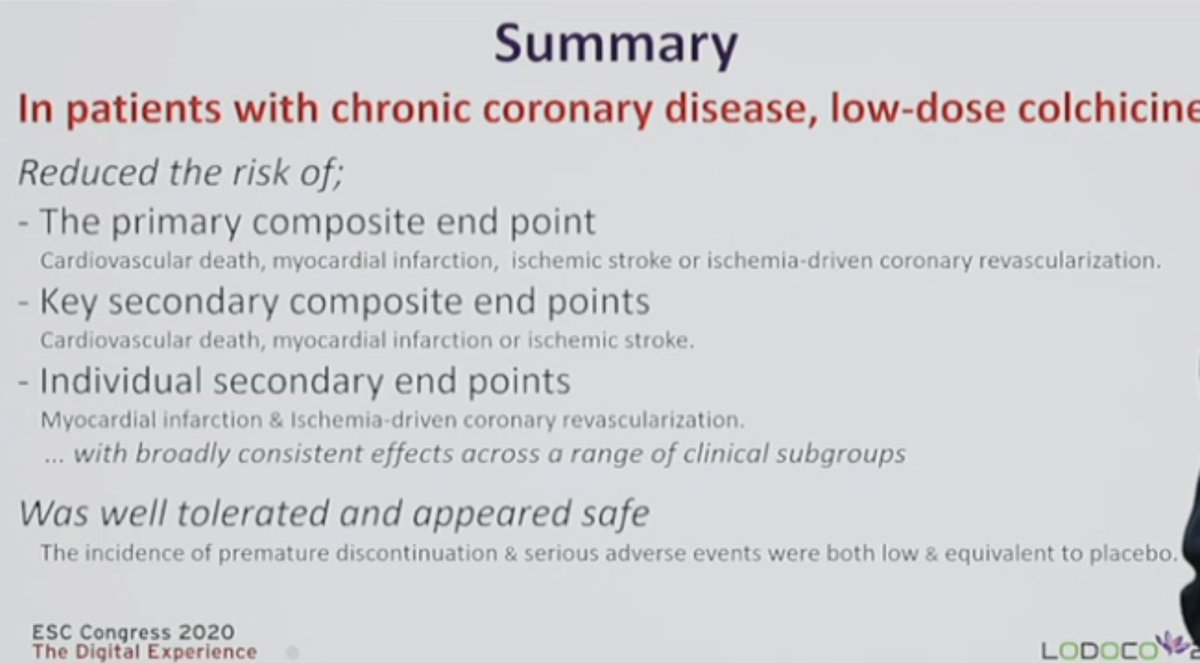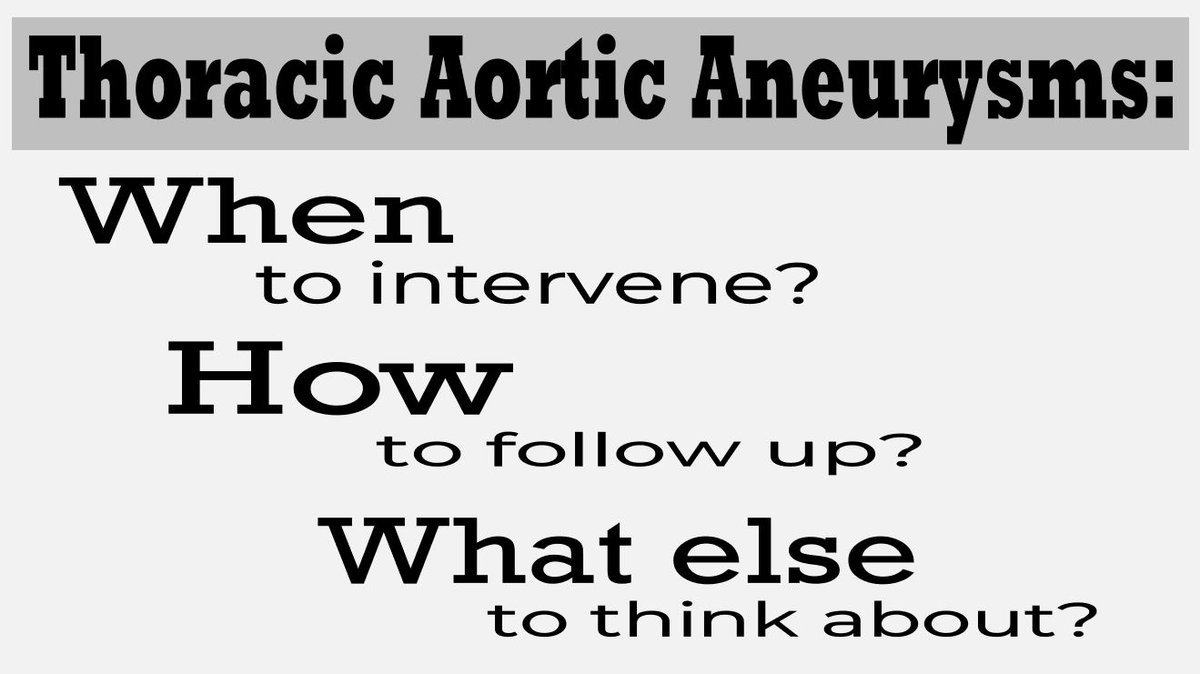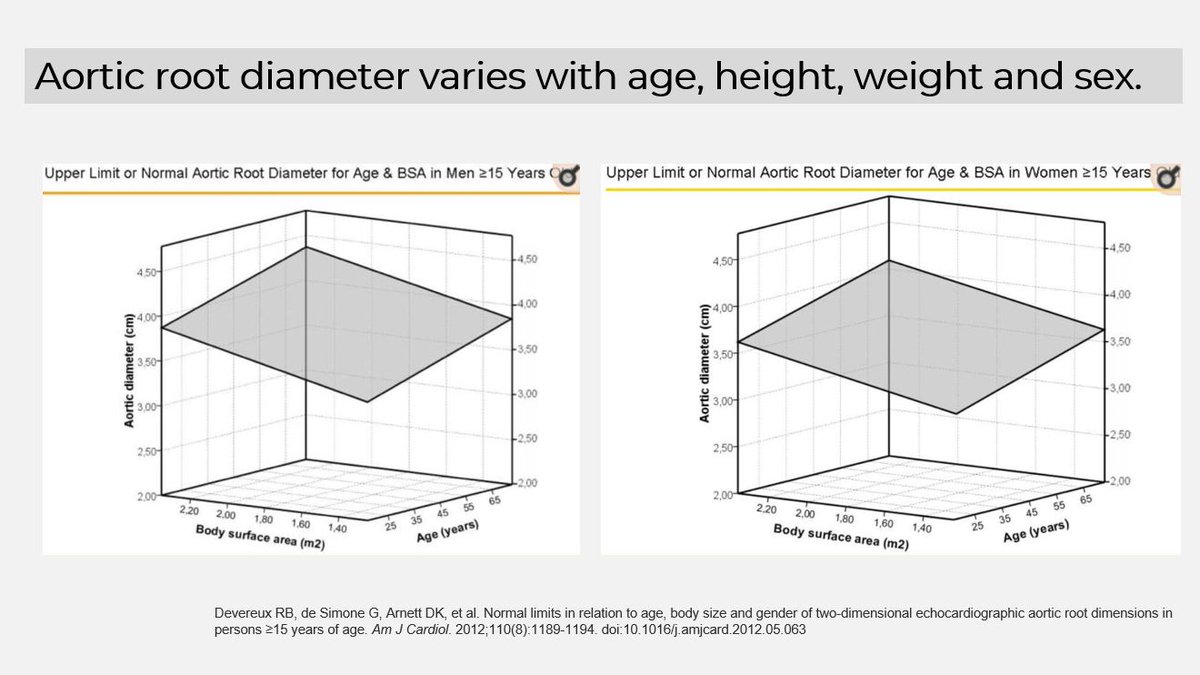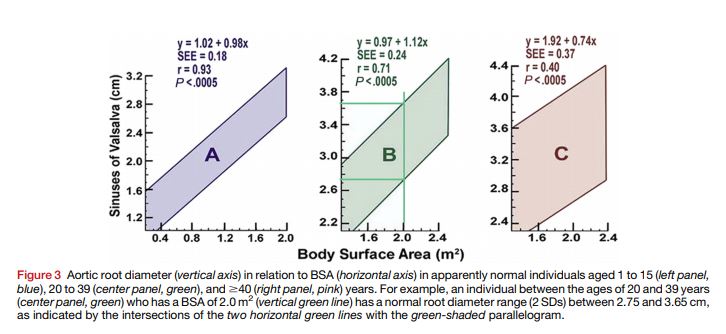
We have GDMT and CRT for HFrEF, we will soon also have BAT (Baroreflex Activation Therapy)?
See 🧵below to learn more about this treatment that has significantly improved QoL, exercised capacity and NTproBNP in a RCT...
#ESCCongress
1/n
See 🧵below to learn more about this treatment that has significantly improved QoL, exercised capacity and NTproBNP in a RCT...
#ESCCongress
1/n

The #ESCCongress session started with @FudimMarat discussing how it worked – explaining how pts with HF have poor baroreflex sensitivity, that baroreflex down-regulation is related to worse HF symptoms & barostim provided chronic improvement in muscle sym nerve activity
2/n



2/n




Next William Abraham talked about what has been learnt from clinical trials, focusing on BeAT-HF which was an RCT that showed BAT significantly improved exercise capacity, QoL, NYHA class and NTproBNP, and was safe
Paper: jacc.org/doi/10.1016/j.…
#ESCCongress
3/n



Paper: jacc.org/doi/10.1016/j.…
#ESCCongress
3/n




The final speaker was @JBauersachsMD who described real world experience – how it is implanted and followed up and its CE mark indication (pts who are NYHA III and EF </= 35% despite treatment with appropriate HF guideline directed therapy
#ESCCongress
4/n



#ESCCongress
4/n




So where does this leave BAT? Well, it is CE marked & FDA approved, but has not yet shown a mortality benefit & the ESC HF guidelines state that evidence is currently insufficient to support a specific recommendation for a ⬇️ in mortality or hospitalization
#ESCCongress 5/n
#ESCCongress 5/n

And what about price?
A 2018 analysis listed the system price at 21000euros, but claimed this could still be cost effective/QALY.
An American study suggests it is less costly than OMT alone btn yrs 2&3
ncbi.nlm.nih.gov/pmc/articles/P…
cvrx.com/wp-content/upl…
6/n
A 2018 analysis listed the system price at 21000euros, but claimed this could still be cost effective/QALY.
An American study suggests it is less costly than OMT alone btn yrs 2&3
ncbi.nlm.nih.gov/pmc/articles/P…
cvrx.com/wp-content/upl…
6/n
It will be interesting to see whether BAT moves into the mainstream in the coming years, and even if no mortality benefit is seen, a significant QoL benefit should not be underestimated. 7/7
• • •
Missing some Tweet in this thread? You can try to
force a refresh




